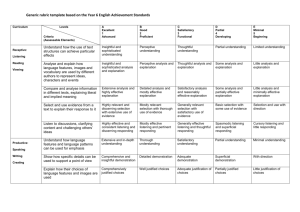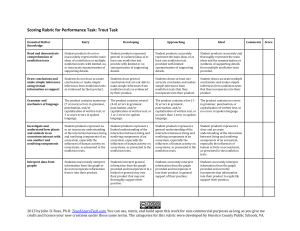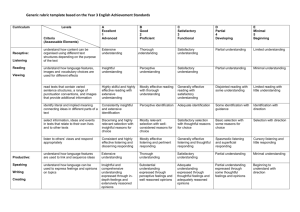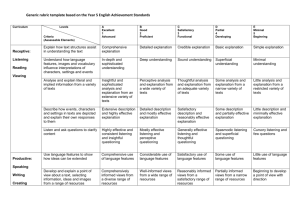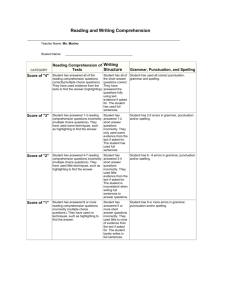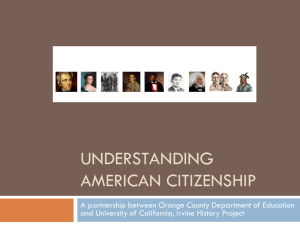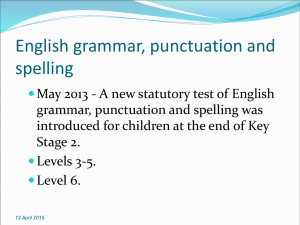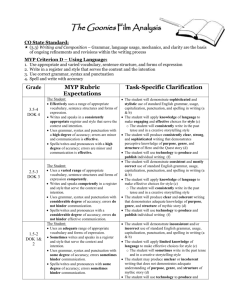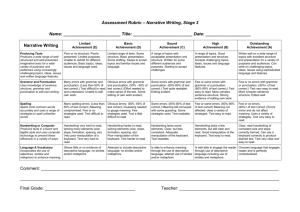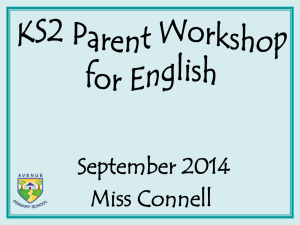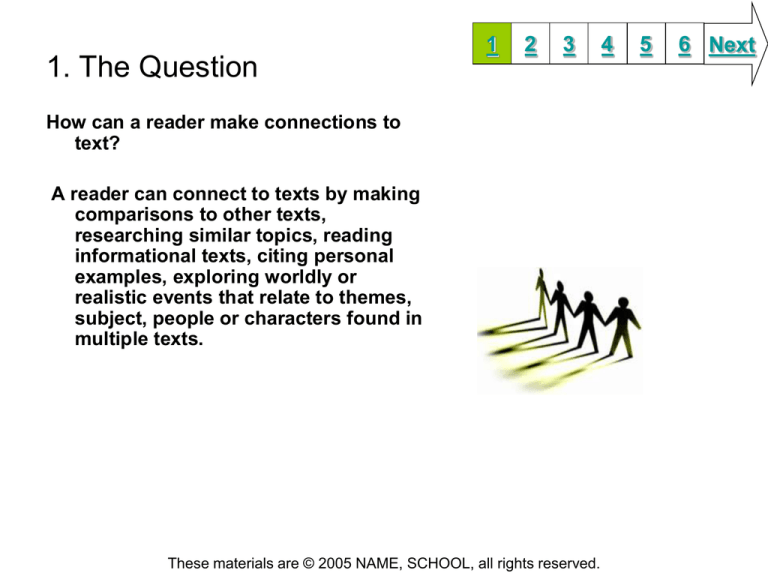
1. The Question
1
2
3
How can a reader make connections to
text?
A reader can connect to texts by making
comparisons to other texts,
researching similar topics, reading
informational texts, citing personal
examples, exploring worldly or
realistic events that relate to themes,
subject, people or characters found in
multiple texts.
These materials are © 2005 NAME, SCHOOL, all rights reserved.
4
5
6 Next
2. Information Sources
1
2
3
Use these resources or research your own for the assignment.
The following articles focus on diversity.
Articles focus on diversity.
Raising Culturally Aware Children
Tips for raising a culturally diverse child
Teaching Tolerance
Mix it up at lunch
Tolerant Children
Teaching children tolerance
Insensitivity to Physical, Racial, or Ethnic Differences
Insensitivity
These materials are © 2005 NAME, SCHOOL, all rights reserved.
4
5
6 Next
3. The Student Activity
1
2
3
After reading your two articles, you will
respond to questions concerning the
information you have read on the provided
Word document. See the Nonfiction
Response Guide --below.
Nonfiction Response Word Document
*Open the above Word document to record your
responses. You may single space responses. The
entire document should not be more than 1 page..
You may use the following websites to help you
format the bibliography/reference as MLA style.
Easybib
Citation Machine
These materials are © 2005 NAME, SCHOOL, all rights reserved.
4
5
6 Next
1
2
3
4
5
6 Next
4. The Assessment Activity
• Nonfiction Assignment
•
•
•
•
•
•
The Giver has introduced you to themes of choice, sameness, conformity as well as
individuality and choice. These universal themes can be found in nonfiction as well as fiction.
This assignment lets you explore their application in real life scenarios.
For this assignment, you will choose two articles from the ones listed on slide 2.
Read the articles carefully.
Type your responses on the Word document provided. Complete one document for each
article. You will have a total of two Word documents to submit.
The header should be MLA and the Reference/Bibliography should be formatted correctly.
Save your documents as Last name, first name initial as follows: (WilsonC Giver NF1)
(WilsonC Giver NF2)
These materials are © 2005 NAME, SCHOOL, all rights reserved.
1
2
3
4
5
6 Next
5. Due Date/Format
Due: DATE: TBD Rubric
A—all questions are answered with extremely thoughtful
relevant details from the articles, text, personal
experiences, sentence structure, grammar and
punctuation are accurate. Reference is included and
correct.
B---all questions are answered with mostly thoughtful,
relevant details from the articles, text, personal
experiences. Sentence structure, grammar and
punctuation are mostly accurate..Reference is included
and correct.
C– most questions are answered with some thoughtful
relevant details from the articles, text, personal
experiences. May/may not be explicit details. Sentence
structure, grammar and punctuation are mostly accurate.
Reference may or may not be included and correct.
D—an attempt has been made to respond with thoughtful
relevant details from the articles, text, personal
experiences. More explicit details are likely needed.
Sentence structure, grammar and punctuation are
attempted/mostly accurate. Reference may or may not
be included and correct.
These materials are © 2005 NAME, SCHOOL, all rights reserved.
1
2
3
6. Teacher Support Materials
Left blank
intentionally
These materials are © 2005 NAME, SCHOOL, all rights reserved.
4
5
6

